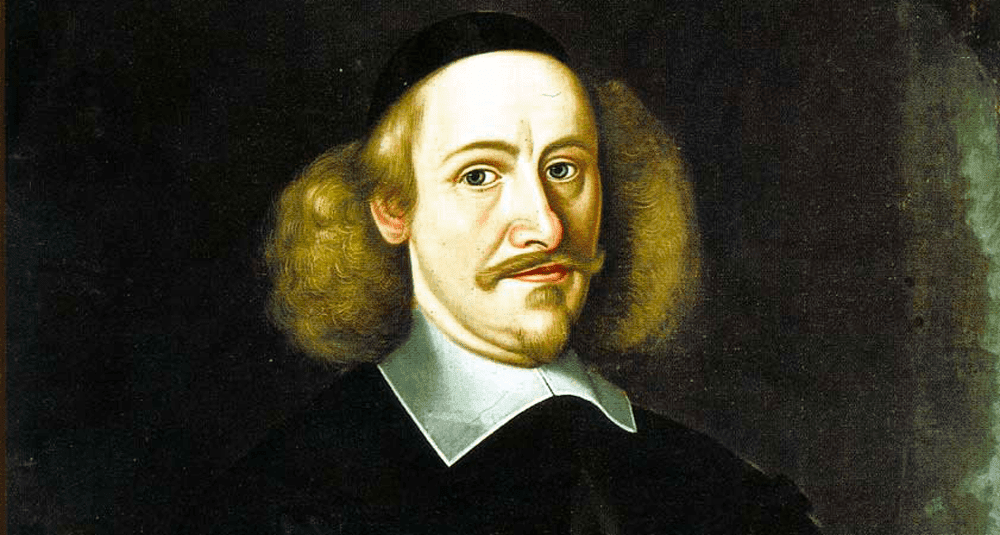Which scientist invented the air pump in 1686?
Last Updated:
The air pump, as it is known in the history of science, was invented in 1686 by the German scientist and engineer Otto von Guericke. This invention marked a key milestone in the understanding of vacuum and atmospheric pressure, paving the way for major advances in physics and engineering.
Otto von Guericke, born in 1602 in Magdeburg, was a man of many talents: lawyer, magistrate, physicist, and inventor. Passionate about natural phenomena and mechanics, he was particularly interested in the question of vacuum, a controversial subject since ancient times. For centuries, the very idea that a vacuum could exist had been rejected by many philosophers, including Aristotle, who claimed that “nature abhors a vacuum.”
The creation of the air pump was motivated by Guericke’s desire to prove experimentally that a vacuum could exist and to study its effects. This device allowed air to be extracted from a container, creating a space devoid of air, or at least with very low pressure. The principle was relatively simple: a cylinder equipped with a piston, connected to an airtight container, allowed air to be sucked out by activating the mechanism.
One of Guericke’s most famous demonstrations using the air pump was the Magdeburg hemispheres. In this spectacular experiment, he placed two metal hemispheres that fit together perfectly, then removed the air between them using his air pump. Once a vacuum had been created inside, the forces exerted by atmospheric pressure held the hemispheres together so tightly that neither several horses pulling on each side nor considerable human force could separate them. This experiment, performed in 1654 before the emperor and an impressed audience, strikingly illustrated the invisible power of air and the reality of atmospheric pressure.
The invention of the air pump had a considerable impact on experimental science. It made it possible to study the behavior of fluids, gases, and solids in an airless environment. Experiments on the propagation of sound, combustion, respiration, and the boiling of water in a vacuum became possible thanks to this tool.
It should be noted that, although the date 1686 is associated with an improved version of the air pump, Guericke’s first prototypes date back to the late 1640s. The year 1686 corresponds to the wider dissemination of his invention and the publication of his results in broader scientific circles, particularly in England, where scientists such as Robert Boyle were inspired to conduct their own work.
Boyle, with the help of Robert Hooke, developed an improved version of the air pump, known as the pneumatic machine, which led to the formulation of the famous Boyle-Mariotte law on the relationship between the pressure and volume of a gas. Thus, Guericke’s air pump was not just an isolated invention, but a catalyst for a series of scientific innovations.
Today, the principle of the air pump is still used in many fields, from physics laboratories to industrial systems, medical applications, and even domestic use. Of course, modern models are much more sophisticated than Guericke’s wooden and metal device, but the basic concept remains unchanged: removing air from an enclosed space to create a partial or total vacuum.
The air pump invented by Otto von Guericke in 1686 revolutionized our understanding of vacuum and atmospheric pressure. Through his ingenious and spectacular experiments, Guericke not only proved that a vacuum could exist, but also opened a new chapter in experimental science, inspiring generations of physicists who followed him.
sciences

Which scientist invented the air pump in 1686?
Answer
In 1686, German scientist Otto von Guericke invented the air pump, a revolutionary device for studying vacuum and atmospheric pressure.